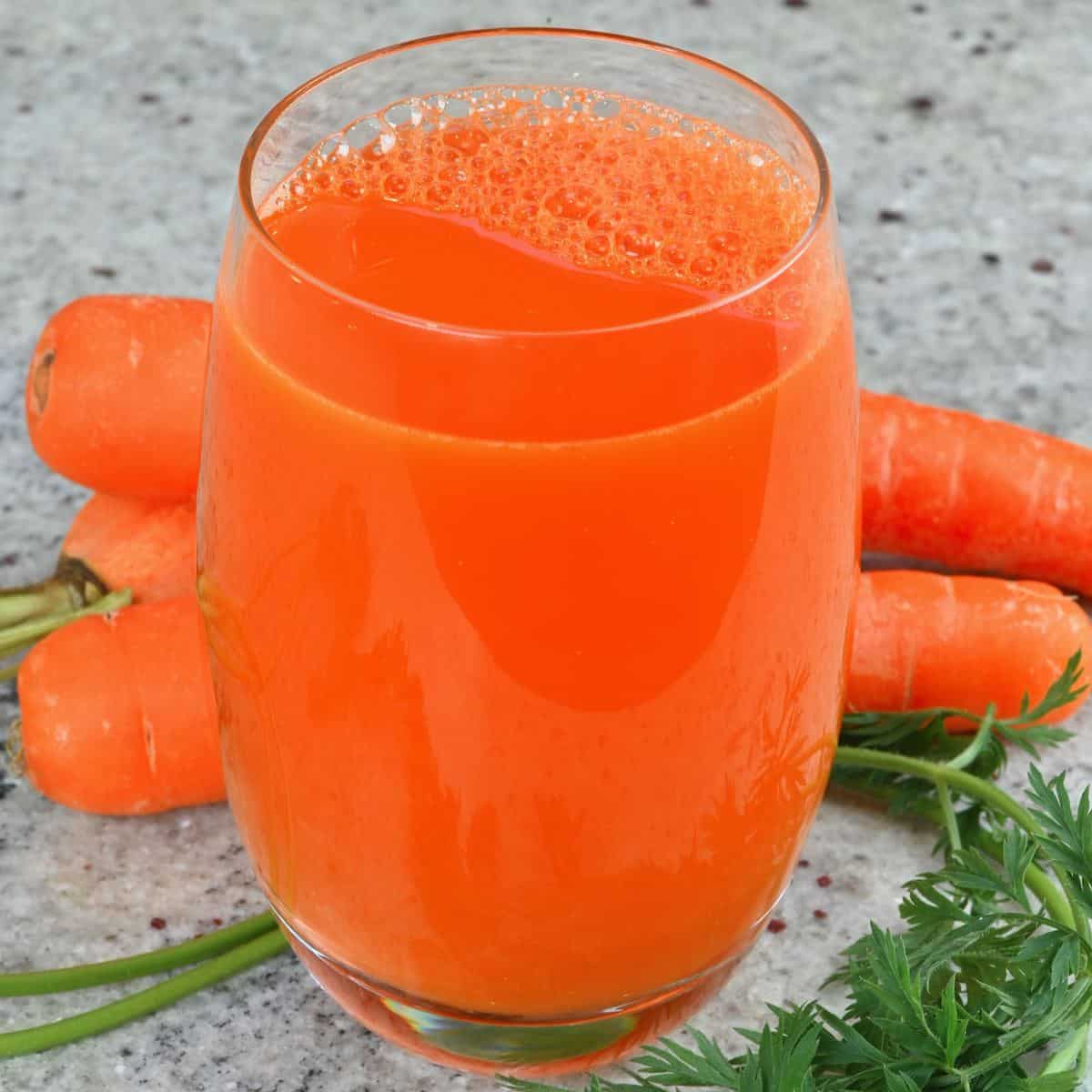

Articles
How To Store Fresh Carrot Juice
Modified: February 27, 2024
Learn the best way to store fresh carrot juice for maximum freshness and flavor. Read our articles for expert tips on preserving the nutritional benefits of homemade carrot juice.
(Many of the links in this article redirect to a specific reviewed product. Your purchase of these products through affiliate links helps to generate commission for Storables.com, at no extra cost. Learn more)
Introduction
Carrot juice is a refreshing and nutritious beverage that offers numerous health benefits. Packed with essential vitamins, minerals, and antioxidants, fresh carrot juice is a great addition to any diet. Whether you’re a fan of its sweet and earthy flavor or looking to reap its health benefits, learning how to store fresh carrot juice properly is essential to retain its freshness, taste, and nutritional value.
In this article, we will explore the benefits of fresh carrot juice, the steps to prepare it, and the best methods to store it for maximum longevity.
Key Takeaways:
- Fresh carrot juice offers a multitude of health benefits, including immune support, improved vision, and heart health. Proper storage methods, such as refrigeration and freezing, help maintain its freshness and nutritional value.
- Selecting the right carrots, washing and peeling them properly, and using a juicer are essential steps in preparing fresh carrot juice. Storing the juice in airtight containers, labeling, and maintaining proper temperatures ensure its longevity and quality.
Read more: How To Store Fresh Juice
Benefits of Fresh Carrot Juice
Before we dive into the storage techniques, let’s take a moment to highlight the numerous benefits of fresh carrot juice. Drinking carrot juice regularly can:
- Boost your immune system: Carrots are rich in vitamin C, which supports a healthy immune system and helps the body fight off infections.
- Improve eye health: Carrots are an excellent source of beta-carotene, a precursor to vitamin A, which is essential for good vision. Regular consumption of carrot juice may help prevent age-related macular degeneration and improve overall eye health.
- Promote healthy skin: The antioxidants and vitamins in carrots can help enhance skin health and give you a natural glow.
- Aid in digestion: Carrots are high in dietary fiber, which can support healthy digestion and prevent constipation.
- Support heart health: The potassium in carrots helps maintain healthy blood pressure levels, reducing the risk of cardiovascular diseases.
- Detoxify the body: Carrot juice acts as a natural detoxifier, helping to remove toxins from the body and promote overall wellness.
Now that we understand the incredible benefits of fresh carrot juice, let’s move on to the steps for preparing it.
Key Takeaways:
- Fresh carrot juice offers a multitude of health benefits, including immune support, improved vision, and heart health. Proper storage methods, such as refrigeration and freezing, help maintain its freshness and nutritional value.
- Selecting the right carrots, washing and peeling them properly, and using a juicer are essential steps in preparing fresh carrot juice. Storing the juice in airtight containers, labeling, and maintaining proper temperatures ensure its longevity and quality.
Read more: How To Store Fresh Juice
Benefits of Fresh Carrot Juice
Carrot juice is not only delicious but also packed with an array of health benefits. Consuming fresh carrot juice regularly can greatly contribute to your overall well-being. Let’s delve into some of the amazing benefits that this vibrant orange juice has to offer:
1. Nutrient-rich: Carrots are loaded with essential vitamins and minerals such as vitamin A, vitamin K, vitamin C, potassium, and antioxidants. These nutrients play a crucial role in maintaining a healthy body and promoting optimal functioning of various bodily systems.
2. Boosts immune system: Carrot juice is an excellent source of vitamin C, which helps strengthen the immune system. By consuming carrot juice regularly, you can enhance your body’s natural defenses and reduce the risk of infections, colds, and other illnesses.
3. Promotes good vision: Carrots contain high levels of beta-carotene, a precursor to vitamin A. Vitamin A is essential for maintaining healthy eyesight and preventing age-related macular degeneration. Regular consumption of carrot juice can significantly improve your eye health and contribute to better vision.
4. Promotes healthy skin: The antioxidants in carrot juice help combat free radicals and prevent oxidative stress, which can lead to skin aging and damage. Additionally, the high vitamin C content in carrots aids in collagen production, promoting healthy, radiant skin.
5. Aids in digestion: Carrot juice is rich in dietary fiber, which plays a crucial role in promoting healthy digestion. Fiber helps regulate bowel movements, prevents constipation, and supports a healthy gut. Drinking carrot juice can improve digestion and prevent digestive issues like bloating and indigestion.
6. Heart-healthy: The potassium content in carrots contributes to maintaining healthy blood pressure levels, reducing the risk of cardiovascular diseases. Additionally, the antioxidants in carrot juice help reduce oxidative stress and inflammation, further supporting heart health.
7. Promotes detoxification: Carrot juice is a natural detoxifier as it contains compounds that help cleanse the liver and aid in the removal of toxins from the body. Regular consumption of carrot juice can support your body’s detoxification processes and promote overall wellness.
8. Hydrating: Carrot juice is a great way to hydrate the body, especially during hot summer months or after physical exertion. It provides a refreshing and nutrient-rich source of hydration, keeping you energized and replenished.
9. Weight management: Carrot juice is low in calories and fat, making it a suitable choice for those watching their weight. It is a filling and nutritious beverage that can help curb cravings and support healthy weight management.
10. Supports oral health: The fiber content in carrots stimulates saliva production, which helps maintain oral health. Additionally, the minerals and antioxidants in carrot juice contribute to gum health and prevent dental issues.
Incorporating fresh carrot juice into your diet can provide a multitude of health benefits. So grab those carrots and start juicing to enjoy these incredible advantages for your overall well-being.
Preparing Fresh Carrot Juice
Making fresh carrot juice at home is a simple and rewarding process. Here are the steps to ensure you enjoy a refreshing glass of carrot juice:
1. Choosing the Right Carrots: Selecting fresh and high-quality carrots is essential for a flavorful and nutritious juice. Look for carrots that are firm, smooth, and vibrant orange in color. Avoid carrots that are wilted, cracked, or have a dull appearance.
2. Washing and Peeling Carrots: Before juicing, thoroughly wash the carrots under cold running water to remove any dirt or debris. If the carrots are organic, you can leave the skin on for added nutrients. However, if you prefer a smoother texture, peel the carrots using a vegetable peeler.
3. Using a Juicer: To extract the juice from the carrots, you will need a juicer. Electric juicers are the most efficient and convenient option, allowing you to extract maximum juice with minimal effort. Follow the manufacturer’s instructions to assemble and operate the juicer.
4. Prepping Carrots for Juicing: Cut the carrots into smaller chunks or strips that can easily fit into the juicer’s feeding chute. This will ensure a smooth and efficient juicing process. Remove any large or hard stems before juicing.
5. Juicing the Carrots: Feed the prepared carrot pieces into the juicer and let it extract the juice. Hold the pusher provided with the juicer to gently press the carrots down into the juicing mechanism. Continue until all the carrots are juiced.
6. Straining the Juice (Optional): If you prefer a smoother juice with minimal pulp, you can strain the carrot juice using a fine-mesh sieve or cheesecloth. This step is optional and depends on personal preference.
7. Serving Fresh Carrot Juice: Once you have obtained the desired amount of fresh carrot juice, pour it into a glass and serve immediately. Carrot juice tastes best when consumed fresh, as the flavors may deteriorate if left exposed to air for too long.
8. Cleaning the Juicer: After juicing, make sure to clean the juicer according to the manufacturer’s instructions. Rinse all removable parts with warm water and mild soap to remove any residue. This will ensure the longevity of your juicer and maintain its performance.
By following these simple steps, you can enjoy a glass of vibrant and refreshing carrot juice made right at home. Experiment with adding other fruits or vegetables to create your own unique juice blends and enjoy the wholesome goodness of fresh juice. Cheers to your health!
Choosing the Right Carrots
When it comes to preparing fresh carrot juice, selecting the right carrots is crucial to ensure optimal flavor, juiciness, and nutritional value. Here are some tips to consider when choosing the right carrots for juicing:
1. Freshness: Look for carrots that are fresh and recently harvested. Fresh carrots will have a firm texture and retain their vibrant orange color. Avoid carrots that appear wilted, soft, or have bruises or blemishes.
2. Organic vs. Conventional: Consider choosing organic carrots whenever possible. Organic carrots are grown without the use of synthetic pesticides and fertilizers, making them a healthier choice for juicing. They are also typically more flavorful and may contain higher levels of nutrients.
3. Size and Shape: Choose carrots that are of medium size and uniform in shape. Avoid overly large or excessively tiny carrots, as they may have a different flavor and texture. Carrots with a cylindrical shape are usually easier to juice than irregularly shaped ones.
4. Color: Opt for carrots that have a vibrant orange color. This indicates a higher beta-carotene content, which not only contributes to the carrot’s color but also provides numerous health benefits. Avoid carrots that have a pale or yellowish tint, as they may be less flavorful and nutritious.
5. Texture: When selecting carrots, feel their texture. They should be firm and free from any soft spots or sponginess. Avoid carrots that feel mushy or have a rubbery texture, as they may have started to deteriorate.
6. Organic Carrot Tops: Occasionally, you may find carrots with their leafy green tops still attached. While these tops are edible and can be used in various recipes, they tend to draw moisture from the carrot itself, potentially leading to a loss of freshness. If you opt for carrots with tops, make sure they look fresh and vibrant.
7. Local and Seasonal Carrots: Whenever possible, choose locally grown and seasonal carrots. Local carrots are likely to be fresher as they haven’t undergone long-distance transportation, and they support the local economy. Additionally, carrots harvested during their peak season tend to have a sweeter flavor and better nutritional profile.
Remember, the quality of the carrots you choose will greatly impact the taste and nutritional content of your fresh carrot juice. So take your time to carefully select the best carrots available to enjoy a delicious and nutrient-rich glass of juice.
Read more: How To Store Freshly Harvested Carrots
Washing and Peeling Carrots
Properly washing and peeling carrots is an important step in preparing fresh carrot juice. This ensures that the carrots are clean, free from dirt, pesticides, and any unwanted substances. Here’s a step-by-step guide on how to wash and peel carrots:
1. Rinse the Carrots: Start by rinsing the carrots under cool running water. This helps remove any loose dirt or debris on the surface. Gently rub the carrots with your fingers to ensure a thorough cleaning.
2. Use a Vegetable Brush (Optional): If you want to be extra thorough, you can use a vegetable brush to scrub the carrots. Gently brush each carrot, paying attention to any crevices or ridges where dirt might be trapped. This step is particularly useful if you are using conventionally grown carrots that may have pesticide residue on the skin.
3. Trim the Ends: Trim off the ends of the carrots using a sharp knife. This helps remove any dry or damaged parts of the carrot.
4. Peeling the Carrots: You have the option to either peel the carrots or leave the skin on, depending on personal preference and the condition of the carrots. Carrot skins are edible and contain extra nutrients, so leaving them on can be a healthier choice. However, if you prefer a smoother texture or if the carrots have a thick or tough skin, peeling might be necessary.
– Peeling Method: If you decide to peel the carrots, use a vegetable peeler and start from the top of the carrot, working your way down to the bottom. Move the peeler in a downward motion, applying gentle pressure to remove the skin. Take care not to remove too much flesh along with the skin.
5. Inspect for Remaining Dirt: After peeling, inspect the carrots to ensure there are no remaining dirt, blemishes, or imperfections on the surface. Use a knife or your fingers to remove any unsightly spots or damaged sections.
6. Rinse Again (Optional): If you peeled the carrots, you can rinse them once more under cool running water to remove any small pieces of peel that might be lingering.
Once you have washed and peeled the carrots, they are ready to be juiced. It’s important to note that peeling can remove some of the carrot’s nutrients, so if possible, consider leaving the skin on for added nutritional benefits. However, if you prefer the taste and texture of peeled carrots or have concerns about pesticide residues, peeling is a suitable option. Enjoy the process of preparing your fresh carrot juice, knowing that you have taken the necessary steps to ensure cleanliness and quality.
Store fresh carrot juice in a glass container with a tight-fitting lid to prevent oxidation and loss of nutrients. Keep it refrigerated and consume within 3-4 days for the best quality.
Using a Juicer
When it comes to making fresh carrot juice, using a juicer is the most efficient and convenient method. Juicers are designed specifically to extract the juice from fruits and vegetables, including carrots, while separating the fiber and pulp. Here’s a step-by-step guide on how to use a juicer to make delicious carrot juice:
1. Choose the Right Juicer: There are different types of juicers available, such as centrifugal juicers, masticating juicers, and triturating juicers. Each type has its own advantages and features. Choose a juicer that suits your needs, budget, and desired juice consistency.
2. Prepare Your Carrots: Wash and peel the carrots, following the steps outlined earlier. Cut the carrots into smaller pieces or strips that can easily fit into the juicer’s feeding chute. Removing any large or hard stems will prevent damage to the juicer and ensure smooth operation.
3. Set Up the Juicer: Read the instruction manual that comes with your juicer to familiarize yourself with its assembly and operating process. Follow the manufacturer’s guidelines to properly assemble the juicer, ensuring that all components are securely in place.
4. Turn on the Juicer: Once the juicer is set up, plug it into a power source and turn it on. Allow the juicer to run for a few seconds to reach its optimal speed before adding the carrots.
5. Feed Carrots into the Juicer: Take a handful of prepared carrot pieces and gently push them into the feeding chute of the juicer. Use the provided pusher to guide the carrots into the juicer, applying light pressure. Avoid overloading the chute, as this may cause the juicer to clog or operate inefficiently.
6. Extract the Juice: As you push the carrots into the juicer, the machine will extract the juice while separating the pulp and fiber. The juice will flow into a collection bowl or jug, ready to be enjoyed. Continue adding the carrot pieces gradually until all the carrots have been juiced.
7. Strain the Juice (Optional): If desired, you can strain the carrot juice after extracting it from the juicer to remove any remaining pulp or fiber. This step is optional and depends on personal preference. Using a fine-mesh sieve or cheesecloth, pour the juice through the strainer into a separate container.
8. Serve and Enjoy: Once the carrot juice is extracted and strained (if desired), it is ready to be served. Pour it into a glass and enjoy immediately to benefit from its freshness and flavor. You can also enhance the taste by adding a splash of lemon juice or a hint of ginger for added zing.
9. Cleaning the Juicer: After using the juicer, disassemble the parts according to the manufacturer’s instructions and clean them thoroughly. Rinse the removable components with warm water and mild soap to remove any residue or pulp. Allow them to air dry or dry them with a clean towel before storing.
Using a juicer simplifies the process of extracting the juices from carrots, ensuring a smooth and effortless experience. Having a juicer at hand allows you to enjoy the goodness of fresh carrot juice anytime, providing you with essential nutrients and a refreshing taste. Cheers to your health!
Storing Fresh Carrot Juice
Once you’ve made a batch of fresh carrot juice, you may find yourself with more than you can consume in one sitting. Properly storing carrot juice is crucial to maintain its freshness, flavor, and nutritional value. Here are two effective methods to store fresh carrot juice:
1. Refrigeration Method:
– Transfer to an Airtight Container: Pour the fresh carrot juice into a clean, airtight container. Glass containers or BPA-free plastic bottles with tight-fitting lids are ideal for storing carrot juice in the refrigerator. Make sure the container is clean to prevent any potential contaminants.
– Keep Refrigerated: Place the container of carrot juice in the refrigerator at a temperature of 34-40°F (1-4°C). The cool temperature will help slow down the degradation process and preserve the juice’s freshness. It is recommended to consume refrigerated carrot juice within 24-48 hours for the best taste and nutritional value.
2. Freezing Method:
– Pour into Freezer-Safe Containers: If you have a surplus of carrot juice or want to store it for a longer period, freezing is an excellent option. Pour the freshly made carrot juice into freezer-safe containers, leaving some space at the top for expansion during freezing. You can use ice cube trays, freezer bags, or airtight containers specifically designed for freezing.
– Label and Date: Before placing the containers in the freezer, label them with the date of preparation. This will help you keep track of freshness and ensure you use the oldest juice first.
– Freeze Properly: Place the containers of carrot juice in the freezer, making sure they are placed in an upright position to prevent leaks. Keep them away from strong-smelling foods to avoid any cross-contamination of flavors.
– Thawing and Consuming: When you’re ready to consume the frozen carrot juice, transfer the container to the refrigerator and allow it to thaw slowly. Once completely thawed, give the juice a gentle shake or stir to remix any separated elements. It is recommended to consume thawed carrot juice within 24 hours to maintain its quality.
No matter which method you choose, here are some additional tips to help preserve the freshness and quality of your stored carrot juice:
– Avoid Exposure to Light: Store carrot juice in a dark or opaque container to minimize light exposure. Light can degrade the juice and compromise its nutritional value.
– Minimize Air Exposure: Whenever storing carrot juice, be sure to minimize air exposure to prevent oxidation and retain freshness. Opt for containers with tight-fitting lids and fill them to the brim to minimize the air space.
– Don’t Forget to Stir: Before consuming refrigerated or thawed carrot juice, give it a gentle stir to ensure that any settling or separation is evenly distributed.
By following these storage methods and tips, you can enjoy the benefits of fresh carrot juice for an extended period. Whether in the refrigerator or the freezer, properly storing carrot juice will help preserve its taste, nutrients, and quality.
Refrigeration Method
Refrigeration is a popular and convenient method for storing fresh carrot juice, allowing you to preserve its freshness and enjoy it over the next few days. Here’s how to store fresh carrot juice using the refrigeration method:
1. Transfer to an Airtight Container: After making fresh carrot juice, transfer it to a clean and airtight container. Opt for glass containers or BPA-free plastic bottles with tight-fitting lids. Ensure the container is clean to prevent any potential contaminants from affecting the juice’s quality.
2. Cool Before Storing: Before placing the container in the refrigerator, allow the freshly prepared carrot juice to cool down to room temperature. This prevents condensation from forming inside the container, which could dilute the juice or affect its flavor.
3. Label and Date: To keep track of freshness, label the container with the date of preparation. This will help you determine how long the carrot juice has been stored and when it should be consumed.
4. Refrigerator Temperature: Place the container of carrot juice in the refrigerator, preferably on a shelf closer to the back. The temperature in this area tends to be more consistent and colder. Set your refrigerator to a temperature between 34-40°F (1-4°C) to ensure the juice stays fresh.
5. Consume Within 24-48 Hours: Freshly made carrot juice stored in the refrigerator should be consumed within 24-48 hours for the best taste and nutritional value. Drinking it sooner rather than later ensures you enjoy the peak flavors and benefits of the juice.
6. Take Precautions Against Contamination: To maintain the freshness of the carrot juice, avoid opening the container unnecessarily and ensure your hands are clean when handling the container and serving the juice. Contamination can affect the juice’s quality and introduce potential health risks.
7. Give it a Gentle Shake: Before consuming refrigerated carrot juice, give the container a gentle shake or stir. This helps remix any settled pulp or sediment and ensures a consistent taste throughout.
By following these steps, you can successfully store fresh carrot juice in the refrigerator and enjoy it for the next couple of days. This method is convenient for those who prefer to consume the juice while it’s still fresh and at the peak of its flavor. Refrigeration helps slow down the degradation process, ensuring the juice retains its taste and nutritional value for a short period of time.
Read more: How To Store Fresh Garden Carrots
Freezing Method
Freezing fresh carrot juice is an excellent option if you have a surplus of juice or want to store it for an extended period. Freezing helps preserve the flavors and nutritional content of the juice. Here’s a step-by-step guide on how to freeze fresh carrot juice:
1. Pour into Freezer-Safe Containers: After preparing the carrot juice, pour it into freezer-safe containers. Choose containers specifically designed for freezing, such as ice cube trays, freezer bags, or airtight containers. Leave some headspace in the containers to allow for expansion during freezing.
2. Label and Date: Before placing the containers in the freezer, label them with the date of preparation. This will help you keep track of the freshness and ensure you use the oldest juice first. You can also write the quantity or serving size on the label for added convenience.
3. Cover and Seal Properly: Ensure that the containers are tightly sealed to prevent air and moisture from entering, which can cause freezer burn and affect the quality of the juice. Make sure the lids or closure mechanisms are secure and airtight.
4. Freeze Properly: Place the containers of carrot juice in the freezer, keeping them in an upright position to prevent any leaks or spills. Keep them away from strong-smelling foods to avoid cross-contamination of flavors. Try to store the juice in a single layer to ensure proper and even freezing.
5. Thawing and Consuming: When you’re ready to consume the frozen carrot juice, transfer the desired amount of containers from the freezer to the refrigerator. Allow the juice to thaw slowly in the fridge. Thawing time will depend on the size and thickness of the container. Once completely thawed, give the juice a gentle shake or stir to remix any separated elements.
6. Consume Within 24 Hours: It is recommended to consume thawed carrot juice within 24 hours to ensure the best taste and preserve its nutritional value. Once thawed, the juice should be treated as fresh and consumed promptly.
By following these steps, you can successfully freeze fresh carrot juice and enjoy it whenever you desire. Freezing allows you to store surplus juice for a longer period without compromising its quality. Just make sure to thaw and consume the juice within the suggested timeframe for the best taste and nutritional benefits.
Tips for Preserving Fresh Carrot Juice
Preserving the freshness, flavor, and nutritional value of fresh carrot juice is crucial to ensure the best possible enjoyment. Here are some tips to help you preserve and maintain the quality of your carrot juice:
1. Handle with Clean Hands: Always wash your hands thoroughly before handling the ingredients and equipment used to make and store carrot juice. Clean hands help prevent any potential contamination that can affect the juice’s freshness and safety.
2. Use Fresh Carrots: Start with fresh and high-quality carrots when making carrot juice. The freshness of the carrots will directly impact the flavor and quality of the juice. Choose carrots that are firm, vibrant in color, and free from any signs of spoilage.
3. Store in Airtight Containers: When storing carrot juice, use airtight containers to prevent exposure to air and minimize oxidation. Glass containers or BPA-free plastic bottles with tight-fitting lids are ideal for maintaining freshness and preventing any unwanted flavors or odors from permeating the juice.
4. Minimize Air Exposure: When transferring the juice to containers, fill them as close to the brim as possible to minimize the amount of air in the container. Less exposure to air helps preserve the freshness and prevent oxidation.
5. Don’t Overfill Containers: Leave some headspace in the containers if you plan on freezing the juice. Liquids expand when frozen, so allowing room for expansion helps prevent containers from cracking or breaking.
6. Properly Label and Date: Label each storage container with the date of preparation. This helps you keep track of how long the juice has been stored and ensures you consume the oldest juice first. You can also include any additional notes, such as serving size or any mix-ins.
7. Maintain Proper Temperature: Whether refrigerating or freezing carrot juice, it’s crucial to maintain the correct temperature. Set your refrigerator to a temperature between 34-40°F (1-4°C) and ensure your freezer maintains a temperature of 0°F (-18°C) or below.
8. Avoid Repeated Freezing and Thawing: To maintain the best quality, avoid repeatedly freezing and thawing carrot juice. Each time the juice goes through the freeze-thaw process, its texture and taste can be affected. It is best to freeze the juice in portion sizes that you can consume within one thawing session.
9. Consume Promptly: For the best taste and nutritional value, consume refrigerated carrot juice within 24-48 hours. Thawed carrot juice should be consumed within 24 hours. Fresh carrot juice is at its peak within a short period after preparation, so it is ideal to consume it as soon as possible.
10. Quality Check: Before consuming refrigerated or thawed carrot juice, give it a gentle stir or shake to ensure that any settled pulp or sediment is evenly mixed. Check for any signs of spoilage, such as an off odor or unusual texture. If the juice appears or smells questionable, it is best to discard it to ensure your safety.
By following these tips, you can prolong the freshness and quality of your carrot juice, allowing you to enjoy its delicious flavor and nutritional benefits for as long as possible. Cheers to healthy and refreshing carrot juice!
Conclusion
Fresh carrot juice is not only delicious but also a nutritious addition to your diet. It is packed with essential vitamins, minerals, and antioxidants that offer numerous health benefits. Learning how to store fresh carrot juice properly ensures that you can continue to enjoy its freshness, flavor, and nutritional value over time.
Throughout this article, we have explored the benefits of fresh carrot juice, the steps to prepare it, and the best methods for storing it. We learned that fresh carrot juice boosts immunity, promotes healthy vision and skin, aids in digestion, supports heart health, and acts as a natural detoxifier.
When it comes to preparing fresh carrot juice, choosing the right carrots and properly washing and peeling them are essential steps to ensure cleanliness and quality. Using a juicer simplifies the process, allowing you to extract the juice efficiently. The refrigeration method is perfect for short-term storage, while freezing offers a longer-term solution.
To preserve the freshness and quality of carrot juice, using airtight containers, minimizing air exposure, labeling and dating the juice, and maintaining the correct temperature are key. Furthermore, following proper handling and hygiene practices, consuming the juice within the recommended timeframes, and conducting quality checks ensure optimal safety and taste.
In conclusion, fresh carrot juice is a refreshing and nutrient-packed beverage that offers a wide range of health benefits. By properly washing, juicing, and storing the juice, you can maintain its freshness and enjoy the nourishing qualities it provides. Incorporate carrot juice into your daily routine and relish the natural goodness it offers for your overall health and well-being.
Frequently Asked Questions about How To Store Fresh Carrot Juice
Was this page helpful?
At Storables.com, we guarantee accurate and reliable information. Our content, validated by Expert Board Contributors, is crafted following stringent Editorial Policies. We're committed to providing you with well-researched, expert-backed insights for all your informational needs.
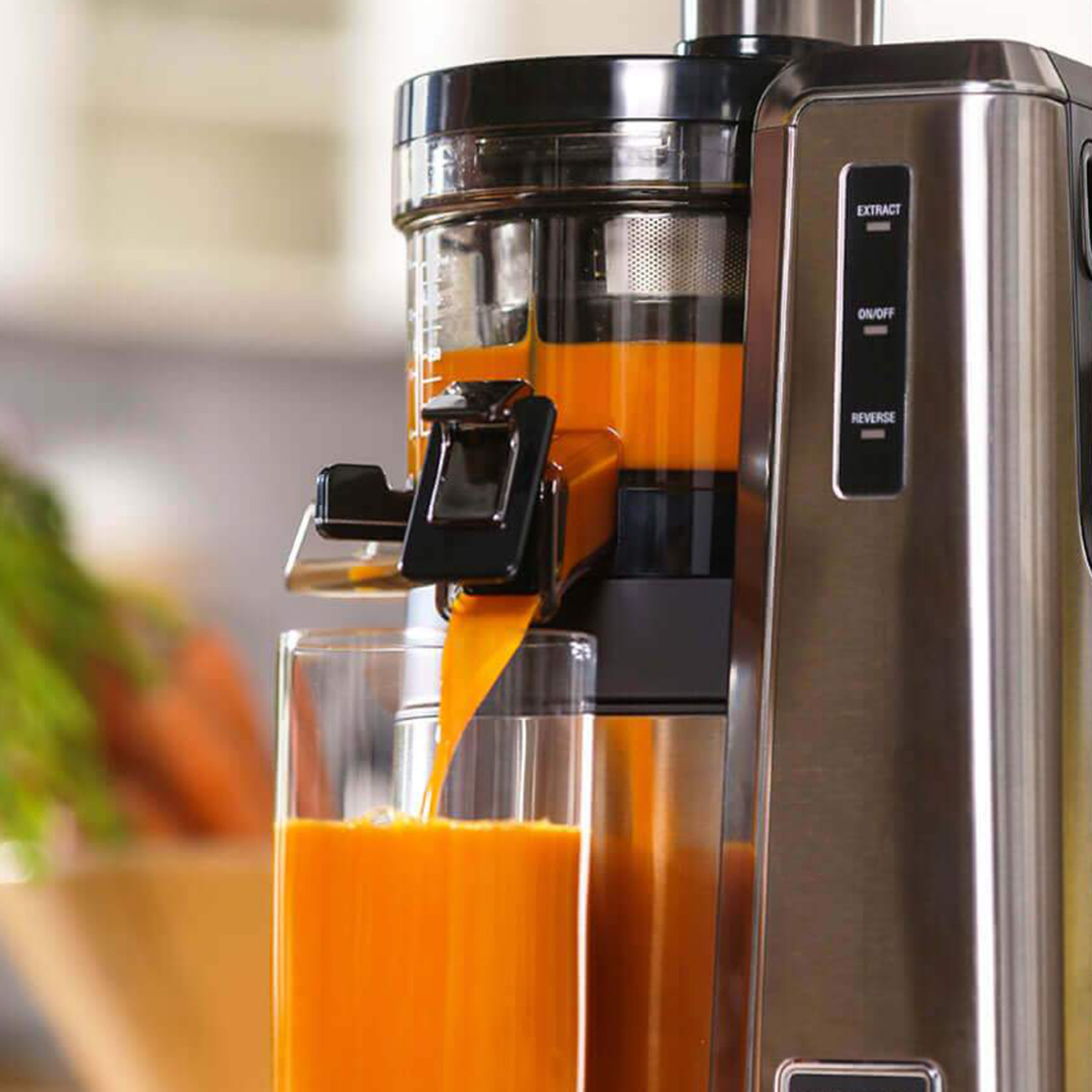
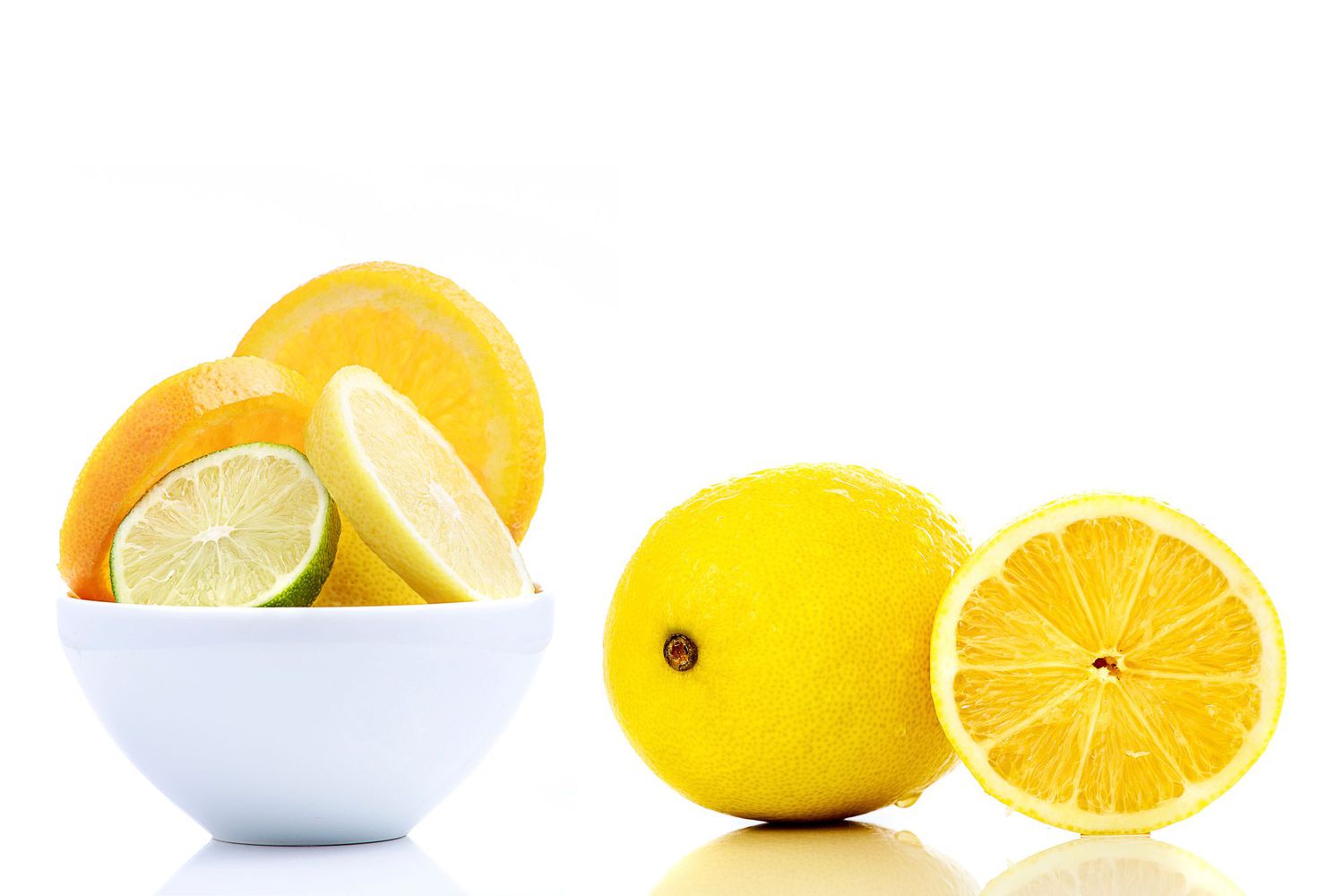
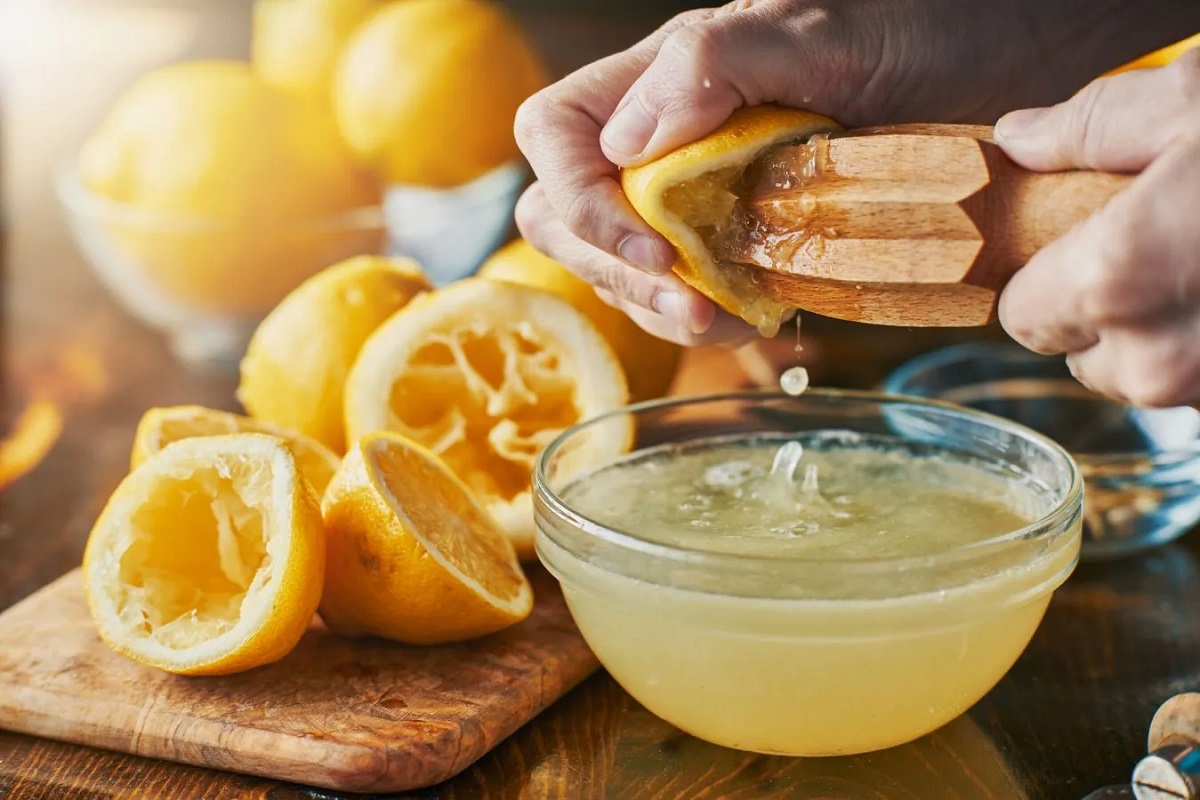
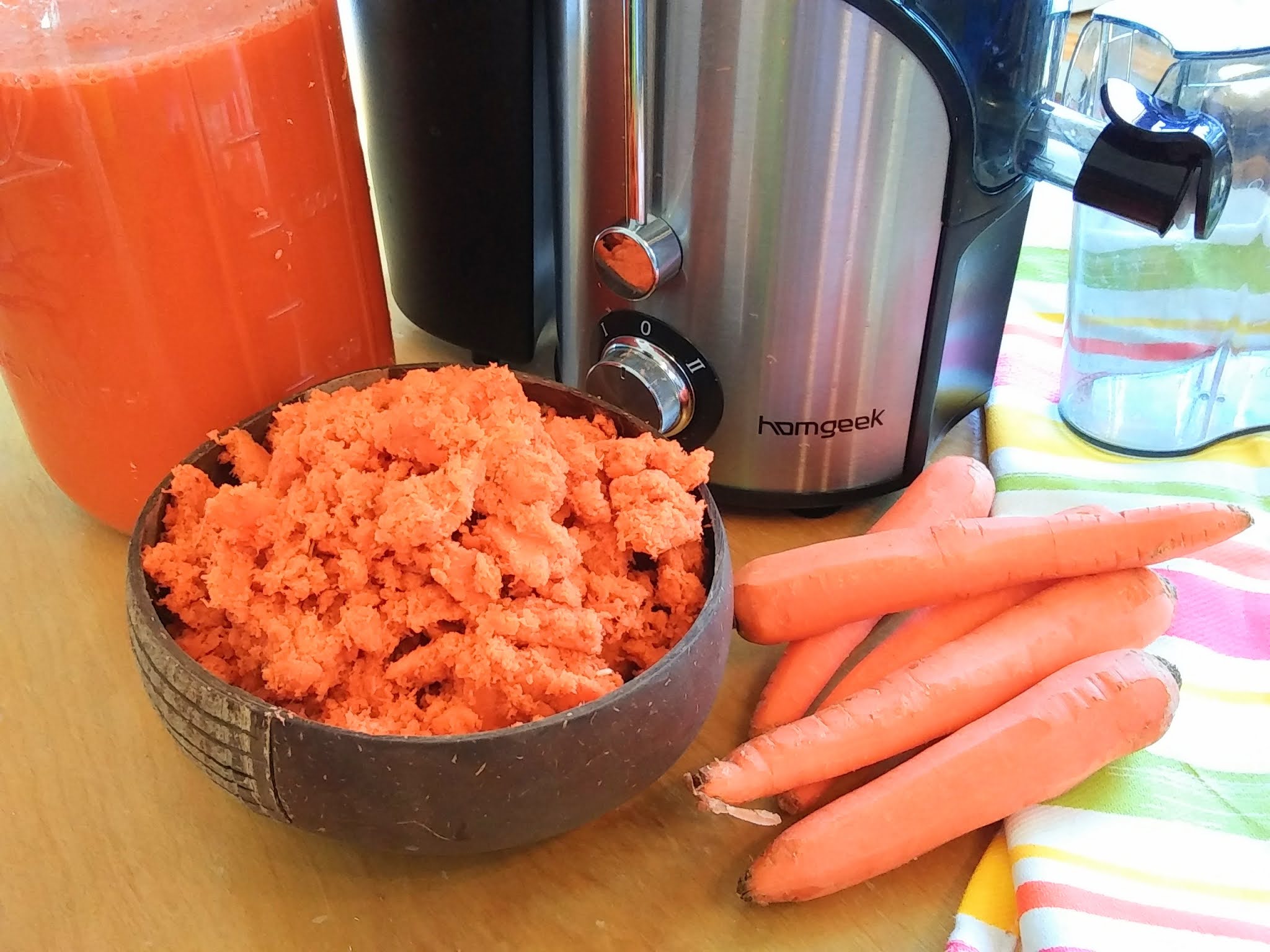
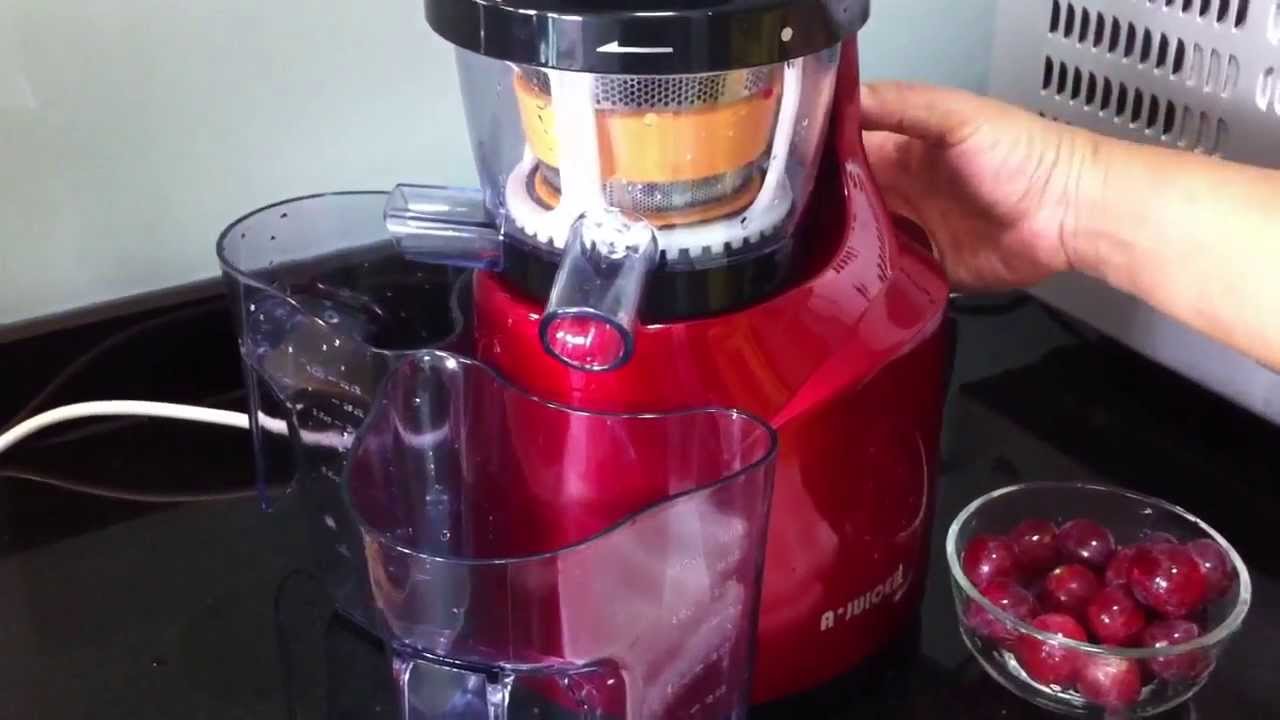
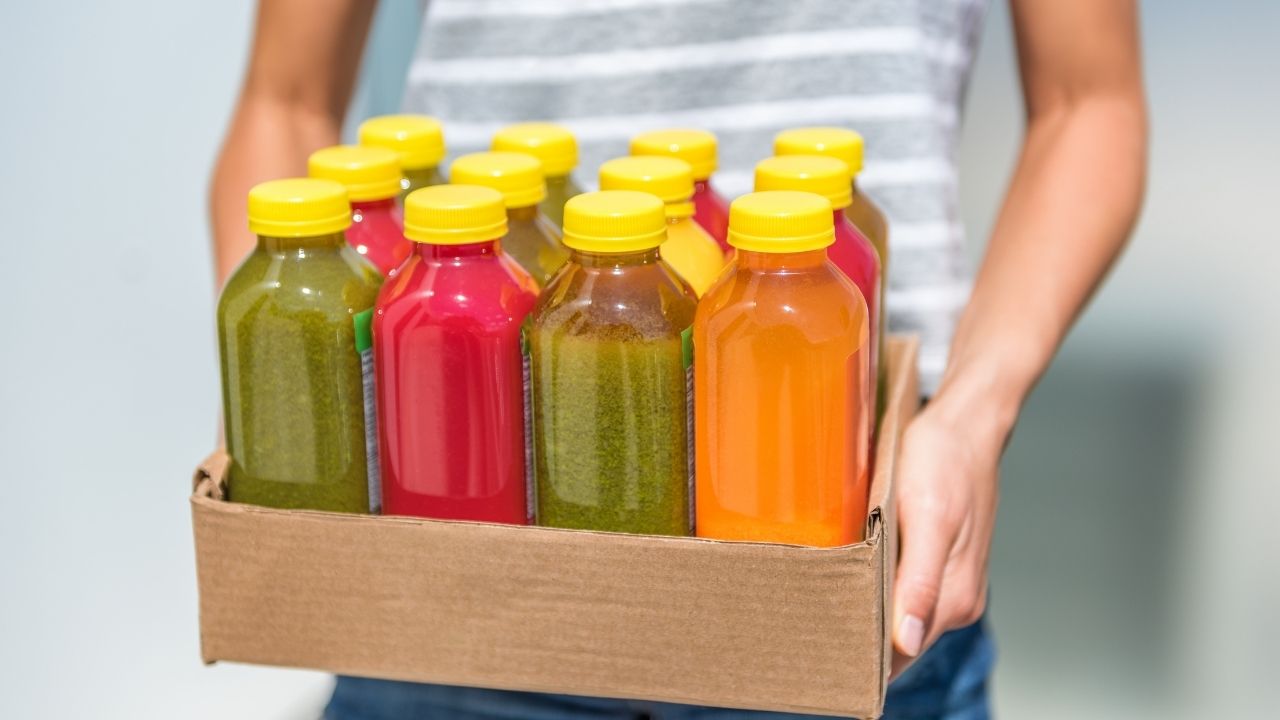
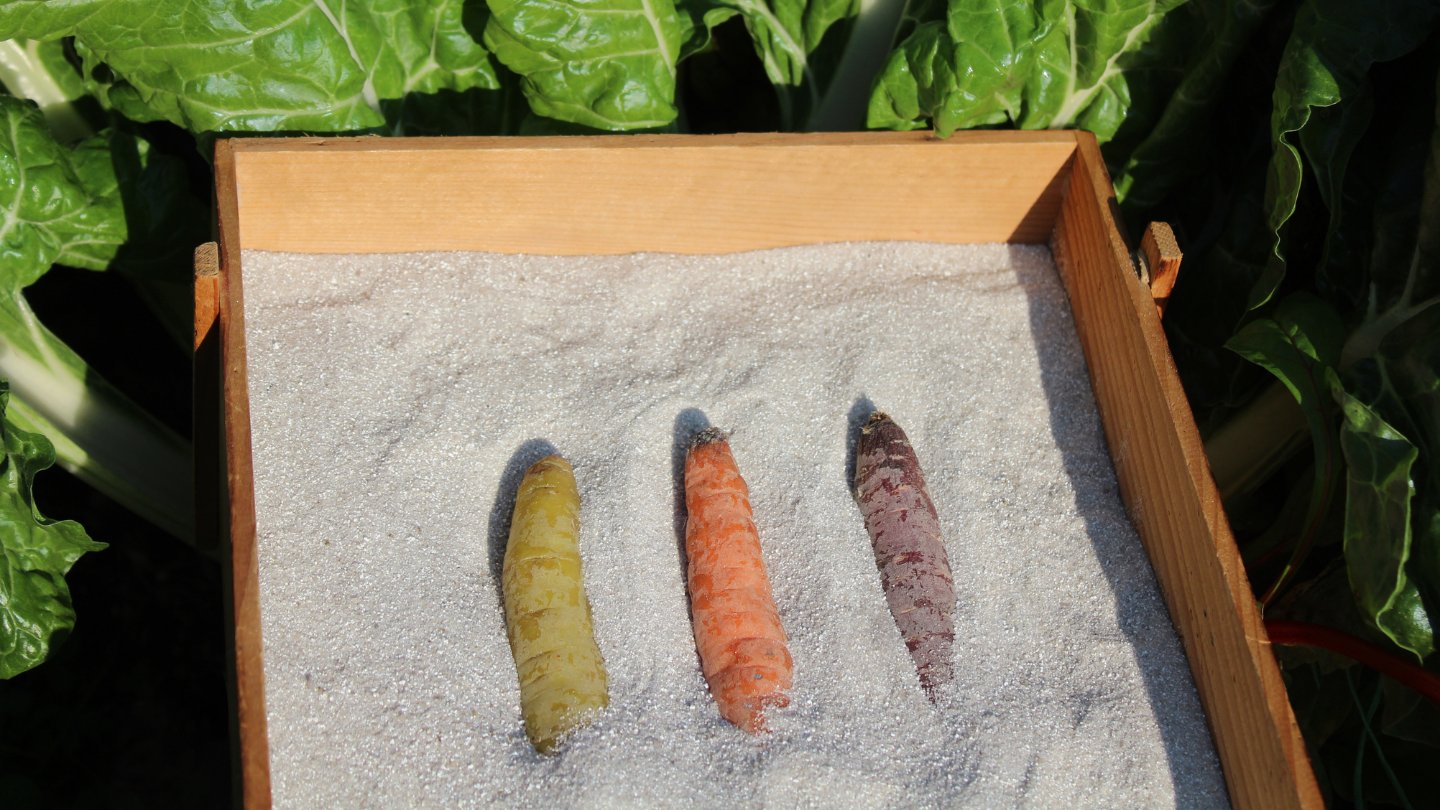
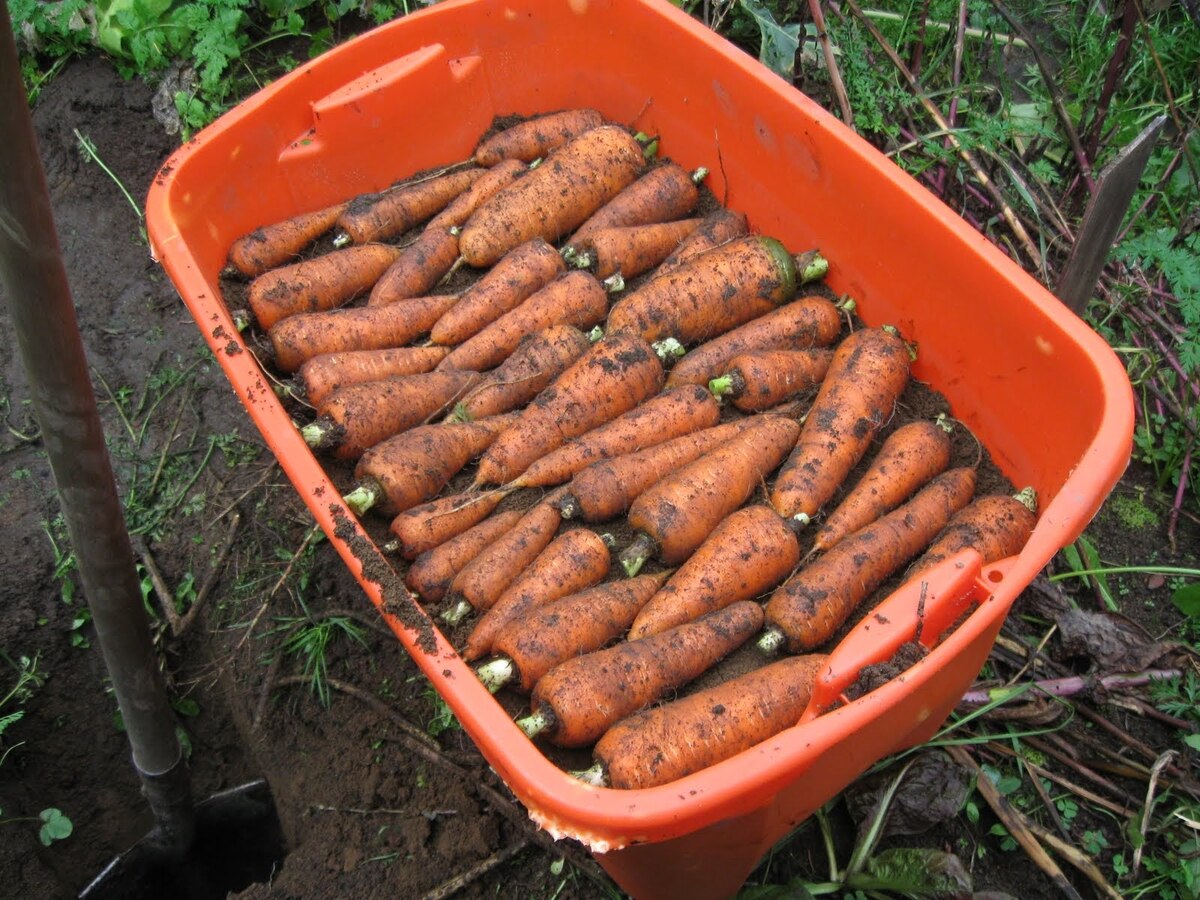
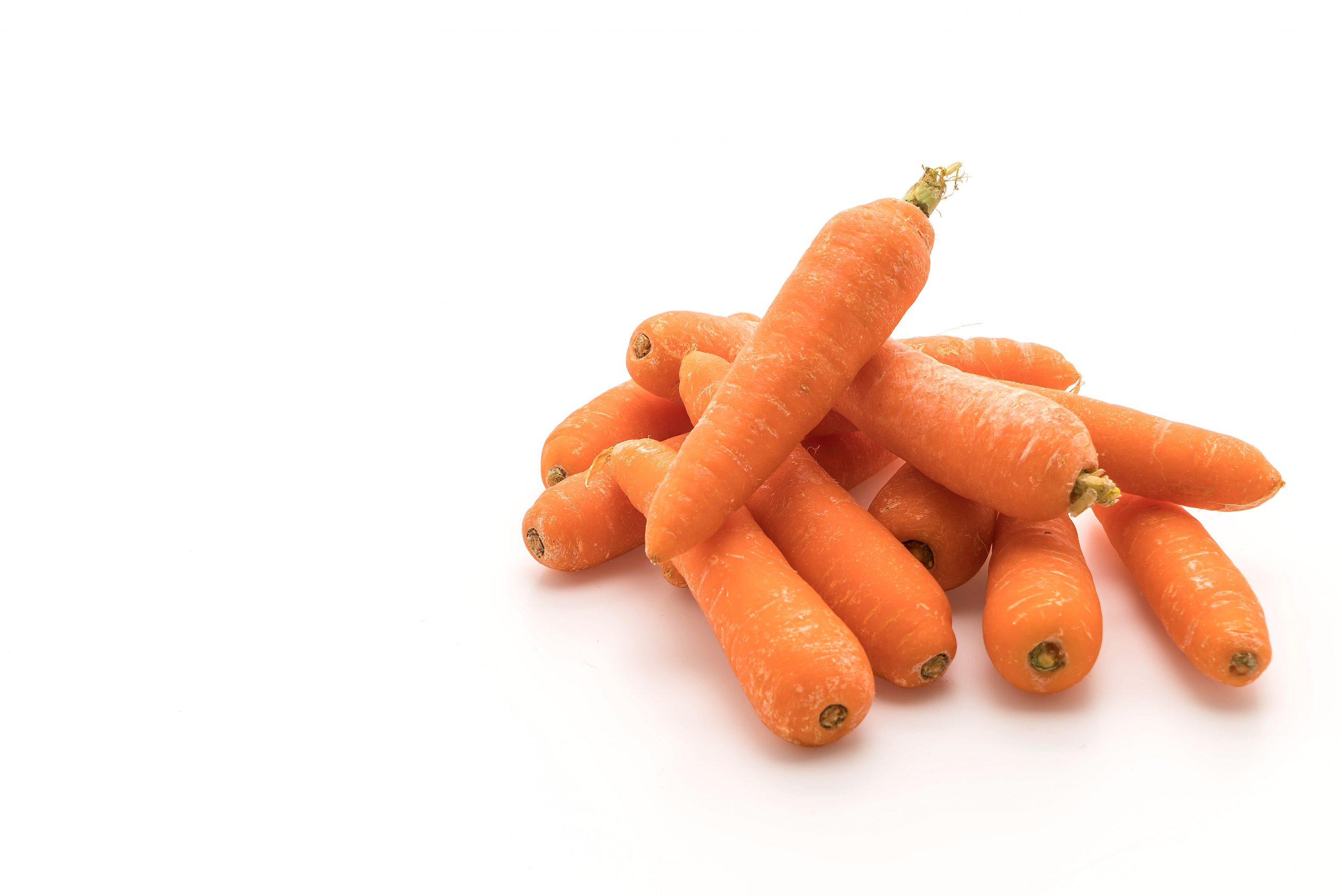
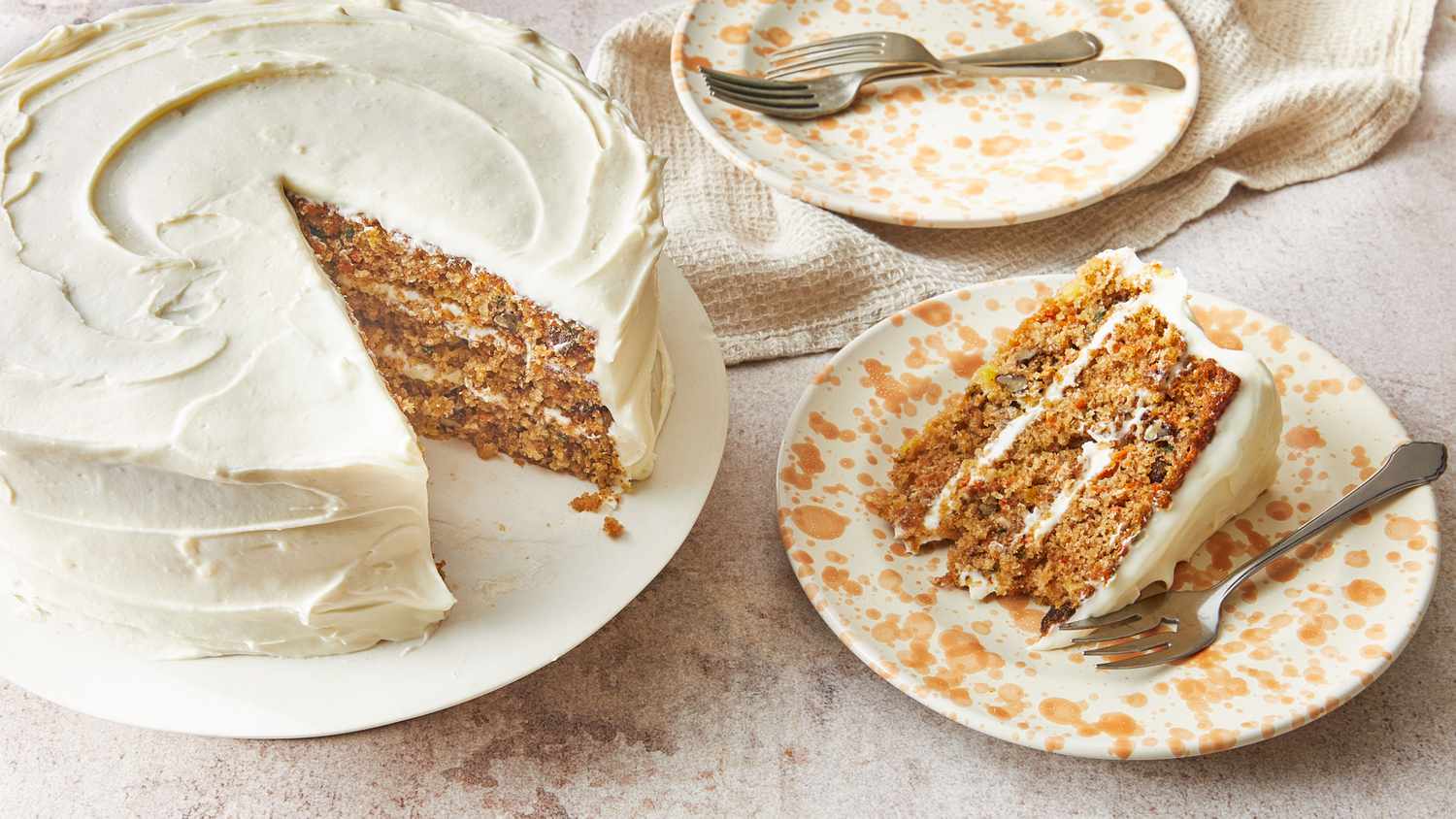
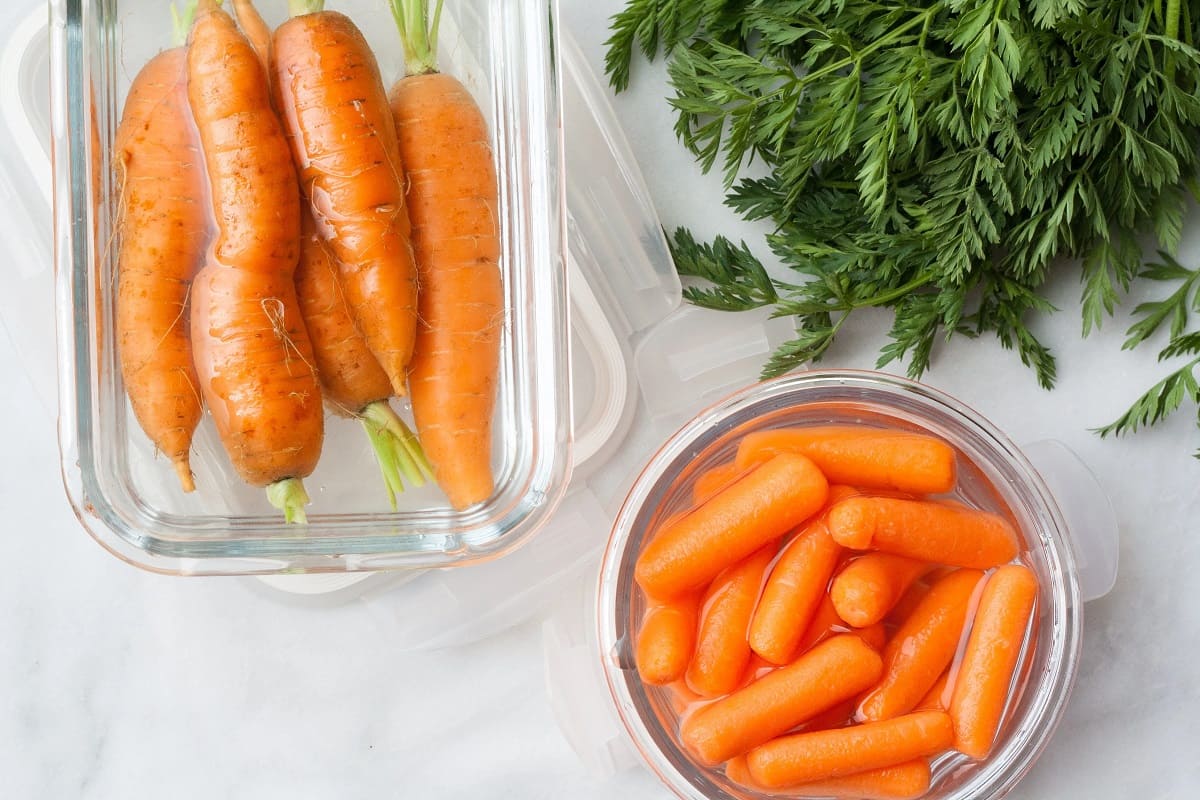
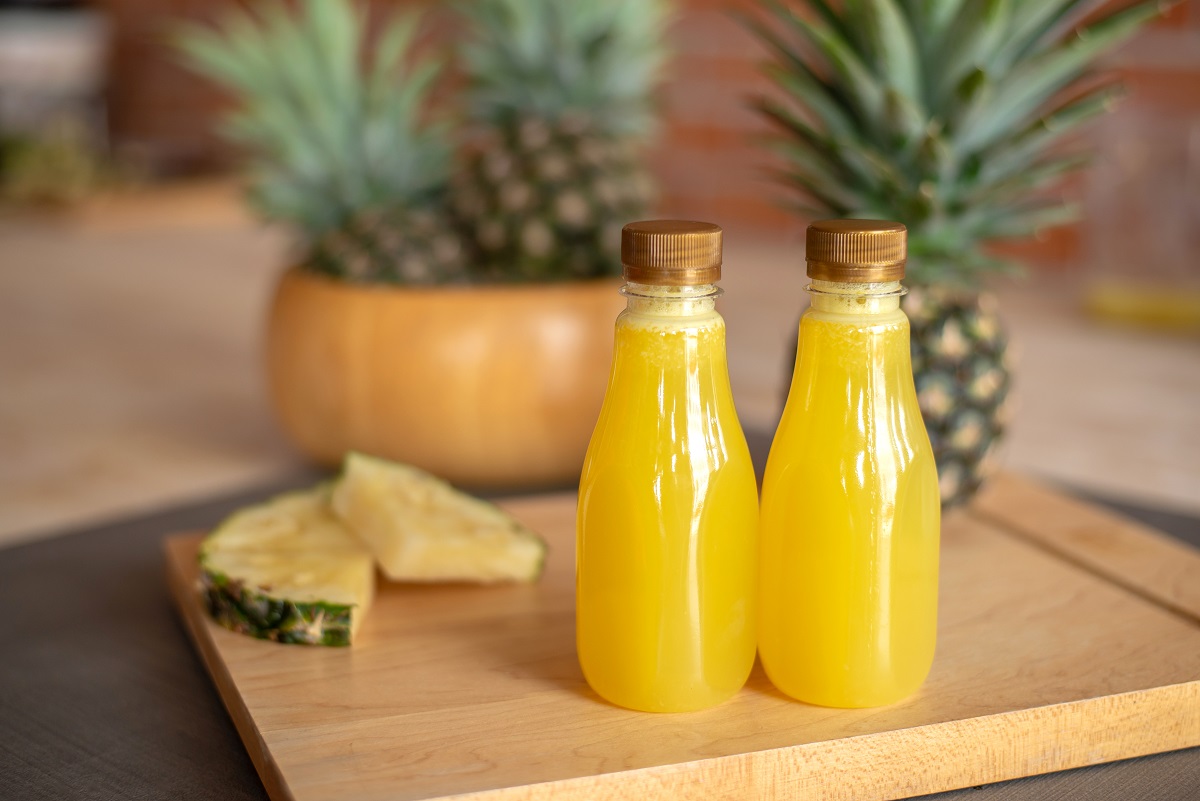
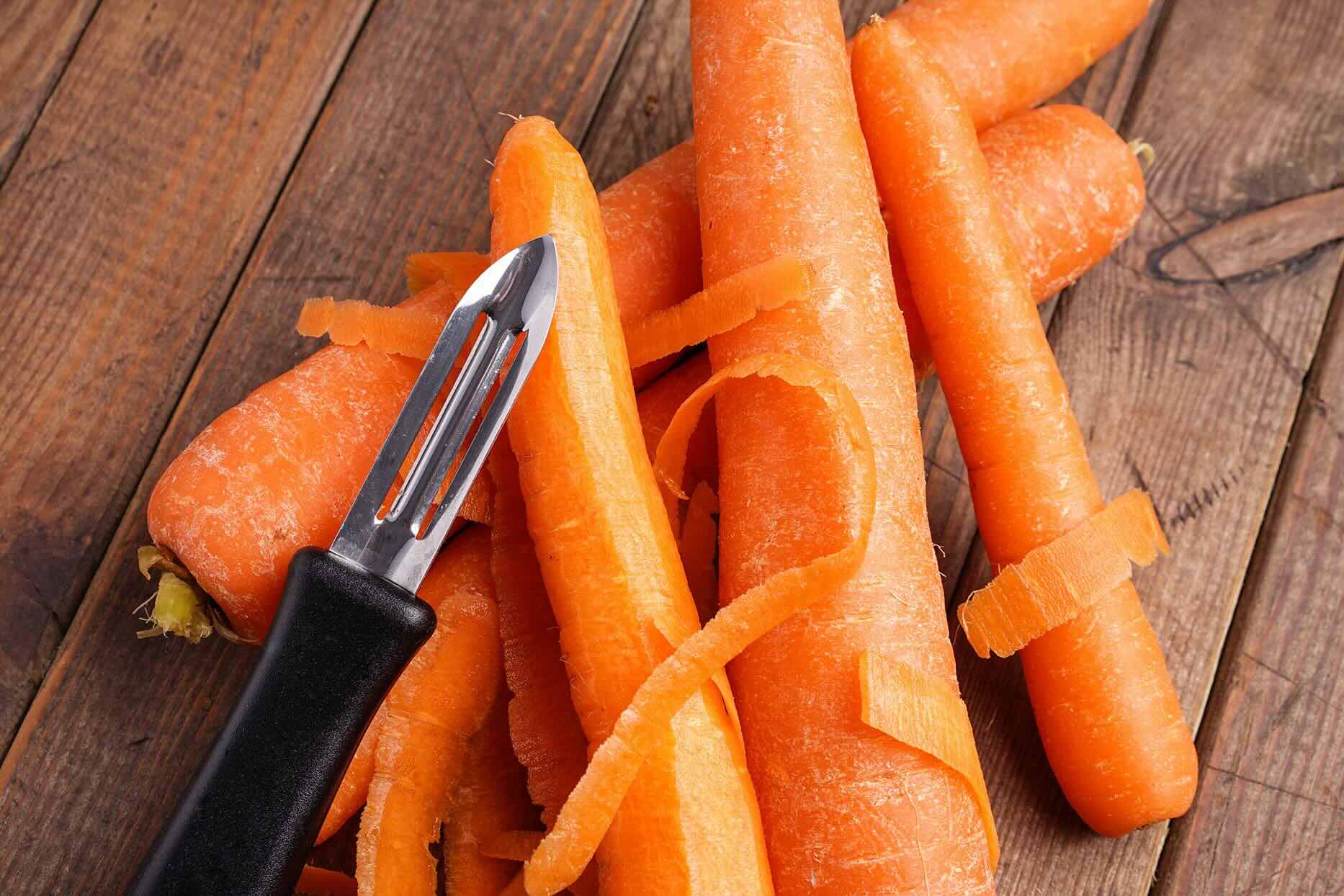

0 thoughts on “How To Store Fresh Carrot Juice”